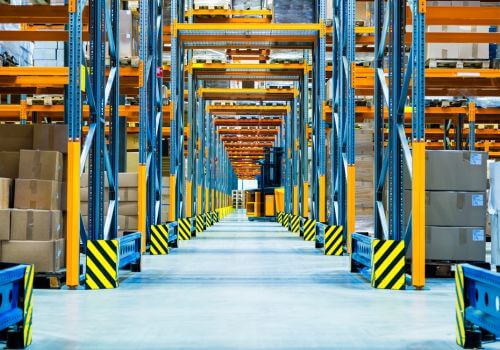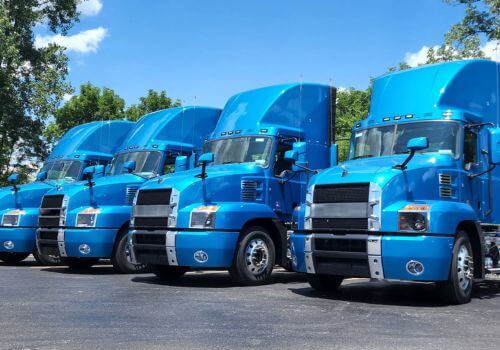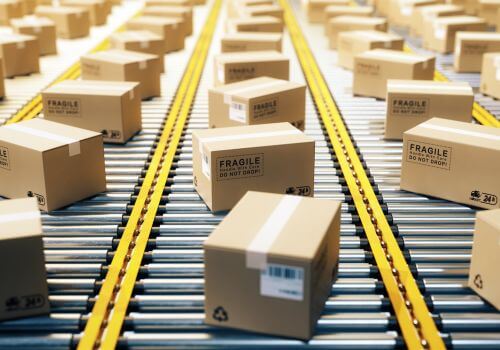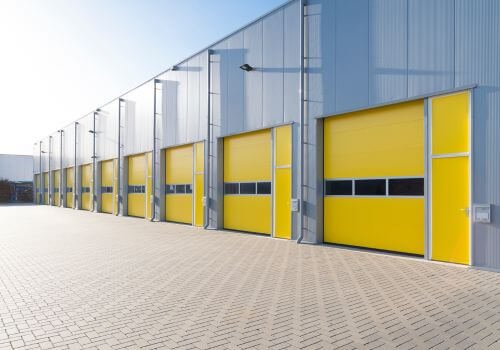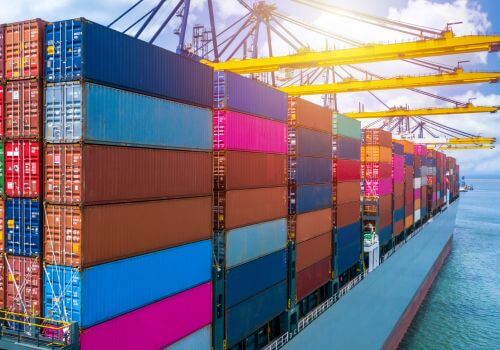Imagine a world where products never reach stores, online orders are always late, and businesses can’t get the materials they need. That’s a world without effective freight management. Freight management is the backbone of modern logistics, ensuring goods move smoothly from point A to point B—across cities, countries, and continents.
If you’re new to logistics, understanding freight management is your first step to mastering the flow of goods. This guide will walk you through the basics, the key players, the processes, and the best practices to set you up for success.
What is freight management?
Freight management is the process of overseeing and coordinating the movement of goods—by road, rail, sea, or air—from their origin to their destination. It involves planning, executing, and optimizing shipments to ensure they arrive on time, in good condition, and at the lowest possible cost.
Think of it as the art and science of getting things where they need to go, efficiently and reliably.
Who are the key players involved in freight management?
Freight management is a team effort. To move goods from one place to another, several important people and organizations work together. Let’s meet the main players and understand what each one does.
Shippers
Shippers are the starting point of every shipment. They’re the people or companies who have goods that need to be transported. Shippers can be manufacturers making products, retailers selling items, or even individuals sending packages. Their main job is to prepare the goods, choose how they’ll be shipped, and make sure everything is ready for pickup.
Carriers
Carriers are the companies that actually move the goods. They own and operate the trucks, ships, planes, or trains that carry freight from one location to another. Carriers focus on transporting the shipment safely and on time. For example, a trucking company that delivers products to stores is a carrier.
Freight forwarders
Freight forwarders are like travel agents for cargo. They help shippers arrange the best way to move their goods, especially for complicated or international shipments. Freight forwarders handle booking transportation, filling out paperwork, and sometimes even packing the goods. They make shipping easier by managing all the details.
Third-party logistics providers (3PLs)
3PLs are companies that shippers can hire to take over part or all of their logistics operations. This can include transportation, warehousing, and even order fulfillment. By using a 3PL, shippers can focus on their main business while the 3PL handles the logistics.
Consignees
Consignees are the people or businesses waiting to receive the goods. They are the final destination for the shipment. Once the freight arrives, the consignee checks the delivery, makes sure everything is in order, and signs off that the goods have been received.
What are the various modes of freight transportation?
When it comes to moving goods from one place to another, there isn’t just one way to do it. In logistics, you have several main options—called “modes of transportation.” Each mode has its own strengths, weaknesses, and best uses.
Road freight (trucking)
Road freight means moving goods by trucks or vans on highways and roads. This is the most flexible and widely used method, especially for short and medium distances.
- Best for: Deliveries within a country or region, door-to-door service, and shipments that need flexibility.
- Common cargo: Groceries, retail products, furniture, parcels, and anything that needs to get directly to a store or home.
Rail freight
Rail freight uses trains to transport goods over land. Trains can carry a lot at once, making this a cost-effective option for heavy or bulk items.
- Best for: Large, heavy shipments over long distances, especially across countries or continents.
- Common cargo: Coal, minerals, cars, building materials, and large containers.
Sea freight (ocean shipping)
Sea freight involves shipping goods by cargo ships across oceans and seas. It’s the go-to choice for international trade and moving huge volumes.
- Best for: Shipping large quantities of goods between countries, especially when speed isn’t critical.
- Common cargo: Containers filled with electronics, clothing, machinery, raw materials, and vehicles.
Air freight
Air freight means sending goods by airplane. It’s the fastest way to move cargo, but also the most expensive.
- Best for: Urgent, high-value, or perishable goods that need to arrive quickly.
- Common cargo: Electronics, medical supplies, fresh flowers, and important documents.
Intermodal transportation
Sometimes, the best way to move goods is to combine two or more modes. This is called intermodal transportation. For example, a shipment might travel by ship across the ocean, then by train across a country, and finally by truck to its final destination.
- Best for: Long journeys that cross borders or require both speed and cost savings.
- Common cargo: Almost anything, especially containers that are easy to transfer between ships, trains, and trucks.
What does the freight management process look like? (Step-by-step)
Freight management might sound complicated, but it’s really just a series of clear steps that help goods travel from the sender to the receiver. Let’s walk through the process together, so you can see how everything fits together.
1. Planning your shipment
Every successful freight journey starts with good planning. You’ll need to figure out what you’re shipping, how much there is, and where it needs to go. This is the time to ask questions like:
- What are the size and weight of my goods?
- Are they fragile, perishable, or hazardous?
- How quickly do they need to arrive?
- Is this a domestic or international shipment?
Once you have these answers, you can choose the best way to move your goods—by truck, train, ship, plane, or a combination. You’ll also want to pick reliable partners, such as carriers or freight forwarders, who can handle your shipment smoothly.
2. Booking and paperwork
After planning, it’s time to make your booking. This means reserving space with your chosen carrier or logistics provider. At this stage, paperwork becomes important. You’ll need to prepare documents like:
- Shipping labels and invoices
- Packing lists
- Bills of lading (a key document that acts as a receipt and contract)
- Customs forms (for international shipments)
Getting the paperwork right helps avoid delays and keeps your shipment moving.
3. Pickup and transportation
Now, your goods are ready to be picked up. The carrier collects them from your warehouse, store, or supplier. As your shipment travels, it’s common to track its progress using online tools or apps. This helps you stay updated and quickly spot any issues along the way.
4. Customs clearance (for international shipments)
If your shipment is crossing borders, it needs to clear customs. This means submitting the right documents and paying any required taxes or duties. Customs agents will check the paperwork and inspect the goods if needed. Once everything is approved, your shipment can continue its journey.
5. Delivery to the final destination
This is the last leg of the journey. The carrier delivers your goods to the recipient, whether it’s a business, a warehouse, or a customer’s doorstep. The receiver usually signs for the delivery, confirming that the goods arrived safely.
6. Review and wrap-up
After delivery, take a moment to review the whole process. Was the shipment on time? Were there any damages or extra costs? This is also when you settle any outstanding invoices with your partners.
Frequently asked questions about freight management
Q. How does freight management help control shipping costs?
Freight management helps control shipping costs by optimizing routes, consolidating shipments, negotiating better carrier rates, and using technology to improve efficiency and reduce unnecessary expenses.
Q. What documents are required in freight management?
Freight management typically requires documents such as bills of lading, packing lists, invoices, and customs forms for international shipments to ensure compliance and smooth movement of goods.
Q. How does technology improve freight management?
Technology improves freight management by enabling real-time tracking, automating paperwork, optimizing routes, and providing data analytics for better decision-making and process improvements.
Q. What are the main challenges in freight management?
Common challenges in freight management include rising fuel costs, capacity constraints, regulatory compliance, shipment delays, and maintaining clear communication among all parties involved.
Q. What is freight consolidation in freight management?
Freight consolidation in freight management means combining multiple smaller shipments into a single larger load, which reduces costs and increases efficiency by maximizing truck or container space.
In summary, Freight Management in logistics is the process of efficiently planning, coordinating, and overseeing the movement and delivery of goods from their origin to their destination using various transportation methods and technologies.

